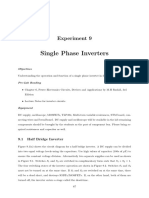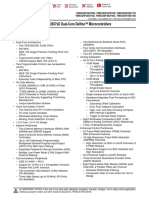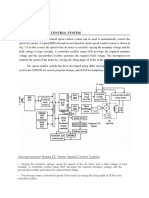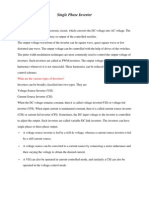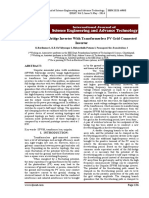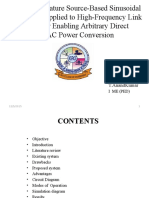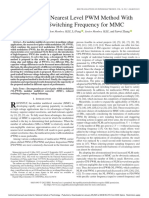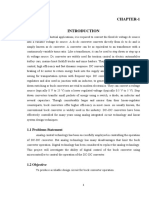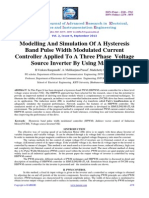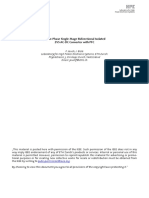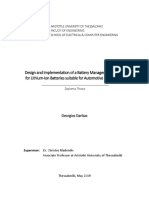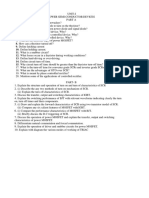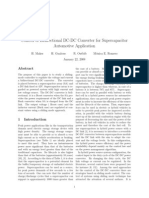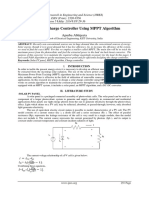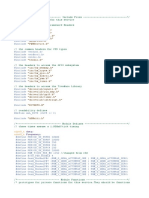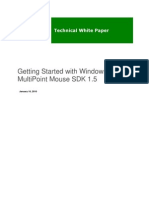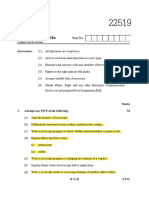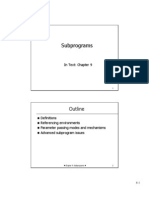0% found this document useful (0 votes)
140 views10 pagesPWM Module Design and Implementation
This document describes a final project to implement pulse width modulation (PWM) using Verilog. It includes:
1) A top module for the PWM with parameters for duty cycle, frequency, alignment, and counter mode. It includes a Timer Prescaler module.
2) Figures showing the top module and overview design of the PWM.
3) A state diagram and descriptions of the finite state machine used in the PWM design.
4) Code for the PWM and Timer Prescaler modules in Verilog.
Uploaded by
Lê Đình HuyCopyright
© © All Rights Reserved
We take content rights seriously. If you suspect this is your content, claim it here.
Available Formats
Download as PDF, TXT or read online on Scribd
0% found this document useful (0 votes)
140 views10 pagesPWM Module Design and Implementation
This document describes a final project to implement pulse width modulation (PWM) using Verilog. It includes:
1) A top module for the PWM with parameters for duty cycle, frequency, alignment, and counter mode. It includes a Timer Prescaler module.
2) Figures showing the top module and overview design of the PWM.
3) A state diagram and descriptions of the finite state machine used in the PWM design.
4) Code for the PWM and Timer Prescaler modules in Verilog.
Uploaded by
Lê Đình HuyCopyright
© © All Rights Reserved
We take content rights seriously. If you suspect this is your content, claim it here.
Available Formats
Download as PDF, TXT or read online on Scribd
/ 10

